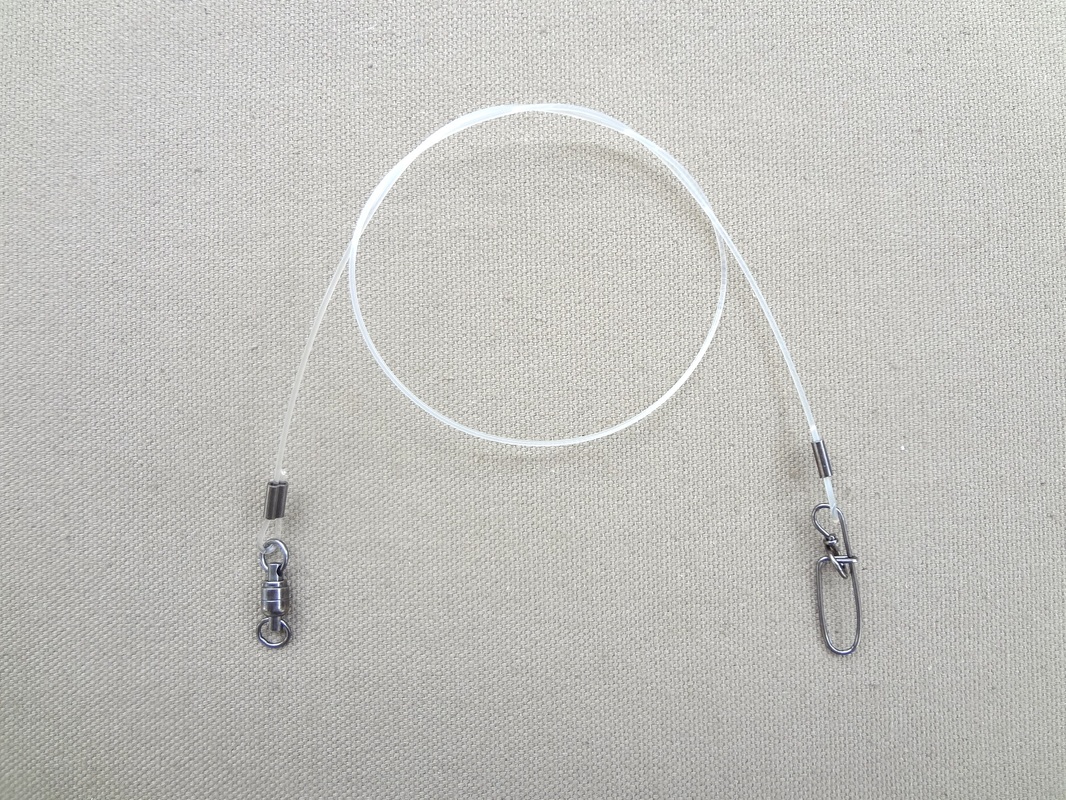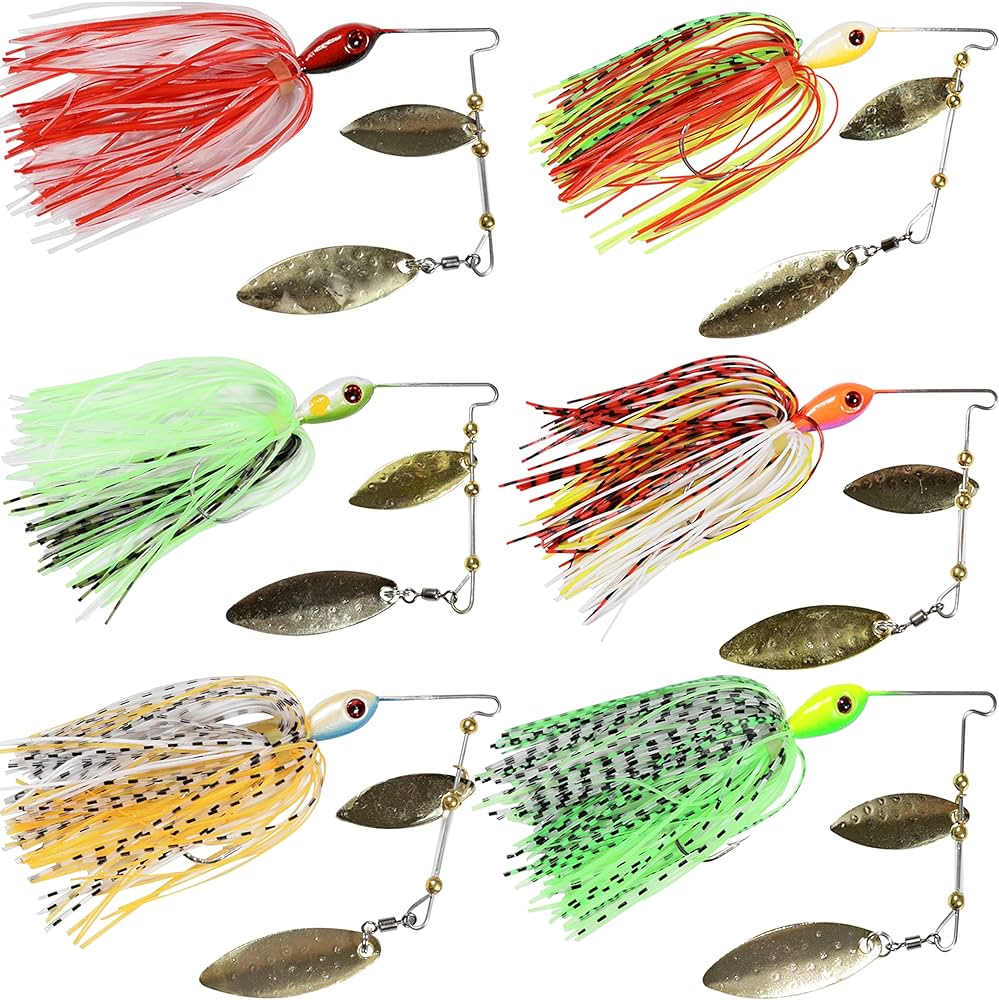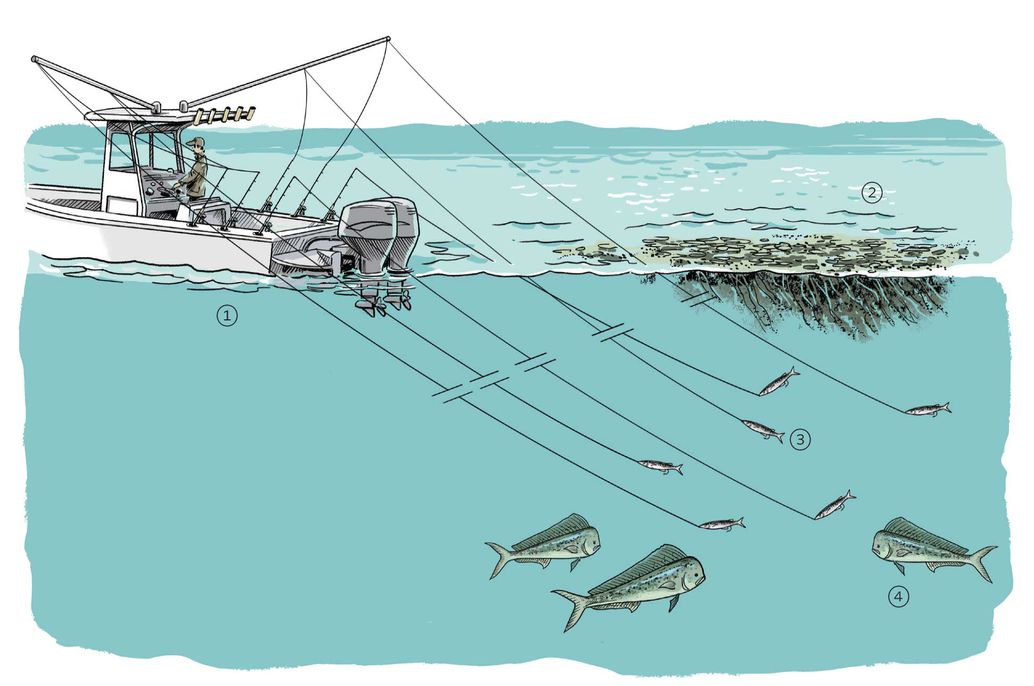Northern pike are one of the most sought-after freshwater game fish due to their aggressive nature and impressive size. Successful pike fishing requires the use of specific techniques and equipment tailored to these predators. This article provides a comprehensive guide to the most effective techniques for Northern pike fishing.
Equipment Setup
Rod and Reel Selection: Choosing the right rod and reel is crucial for pike fishing. Medium to heavy action rods are ideal because they provide the strength needed to handle large pike. Spinning or baitcasting reels with a high gear ratio are recommended to ensure quick line retrieval and the ability to handle the powerful runs of a pike.
Line Choices: When it comes to fishing lines, anglers have several options. Braided lines are popular for their strength and sensitivity, making it easier to detect bites and set the hook. Monofilament lines offer more stretch, which can be beneficial in reducing the chances of the line breaking during a fight. Fluorocarbon lines are nearly invisible underwater and highly abrasion-resistant, making them a good choice for clear water conditions.
Leader Use: Northern pike have sharp teeth that can easily cut through regular fishing lines. To prevent this, using a wire or heavy fluorocarbon leader is essential. Leaders help protect the line from bite-offs, ensuring that anglers can successfully land their catch.

Bait and Lures
Live Bait: Live bait is highly effective for catching Northern pike. Common choices include minnows, suckers, and other small fish. Using a float rig or a simple hook and weight setup can keep the bait at the right depth and in the strike zone. It’s important to match the size of the bait to the size of the pike you are targeting.
Artificial Lures: Artificial lures are versatile and can be used in various conditions. Spinners and spoons are great for their flash and vibration, which attract pike from a distance. Crankbaits mimic the movement of prey fish and are effective when retrieved at different speeds. Soft plastics, such as swimbaits and jerkbaits, offer a lifelike appearance and can be rigged in various ways. Bright colors like chartreuse, white, and silver are particularly effective in catching the attention of Northern pike.

Fishing Techniques
Casting and Retrieving: Casting and retrieving is a fundamental technique for pike fishing. Casting near structures like weed beds, submerged logs, and rocky areas increases the chances of encountering pike. Varying the retrieval speed and incorporating pauses can make the lure more enticing to a following pike.
Trolling: Trolling involves dragging lures behind a moving boat at a controlled speed. This technique covers a large area and is effective for locating active pike. Using downriggers or planer boards can help control the depth at which the lures are presented. Ideal trolling speeds range from 2 to 4 miles per hour.

Jigging: Jigging is particularly effective in deeper waters or during ice fishing. Using a jig with a minnow or soft plastic trailer can attract pike by mimicking the movement of prey. Vertical jigging near structures or drop-offs can provoke strikes from lurking pike.
Seasonal Strategies
Spring Fishing: In spring, pike move into shallower waters to spawn and feed. Targeting shallow bays, river mouths, and areas with emerging vegetation can yield good results. Slow retrieves and larger baits are effective during this time.
Summer Fishing: During summer, pike tend to move to deeper, cooler waters. Fishing early in the morning or late in the evening when temperatures are lower can increase success. Using deeper diving lures or trolling in deeper parts of the lake can help reach pike.
Fall Fishing: Fall is a prime time for pike fishing as they aggressively feed to prepare for winter. Targeting areas with dense baitfish populations and using fast-moving lures can capitalize on this feeding frenzy.
Winter Fishing: Ice fishing for Northern pike is popular in colder regions. Setting up tip-ups with live bait or jigging through the ice can be highly effective. Focus on areas with underwater structures and weed beds where pike are likely to be hunting.

Effective Northern pike fishing requires a combination of the right equipment, techniques, and an understanding of pike behavior. By choosing appropriate rods, reels, lines, and lures, and by mastering techniques such as casting, trolling, and jigging, anglers can increase their chances of landing these formidable fish. Adapting strategies to seasonal changes and focusing on prime pike habitats will further enhance success. Whether fishing in the spring, summer, fall, or winter, these techniques will help anglers make the most of their Northern pike fishing adventures

Robert Smith is the proud owner of Bait Barrels and Bows, a premier fishing sports store established in 1989. With over three decades of experience in the industry, Robert has honed his skills to become an expert angler, sharing his vast knowledge and passion for fishing with enthusiasts around the world. Through his store and writings, Robert provides invaluable tips and guidance, helping both novice and seasoned anglers improve their techniques and enjoy the sport to its fullest. His commitment to the fishing community is evident in his dedication to quality products and excellent customer service.

